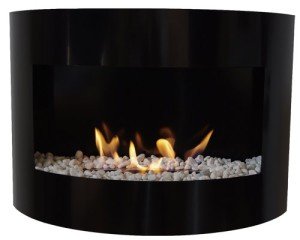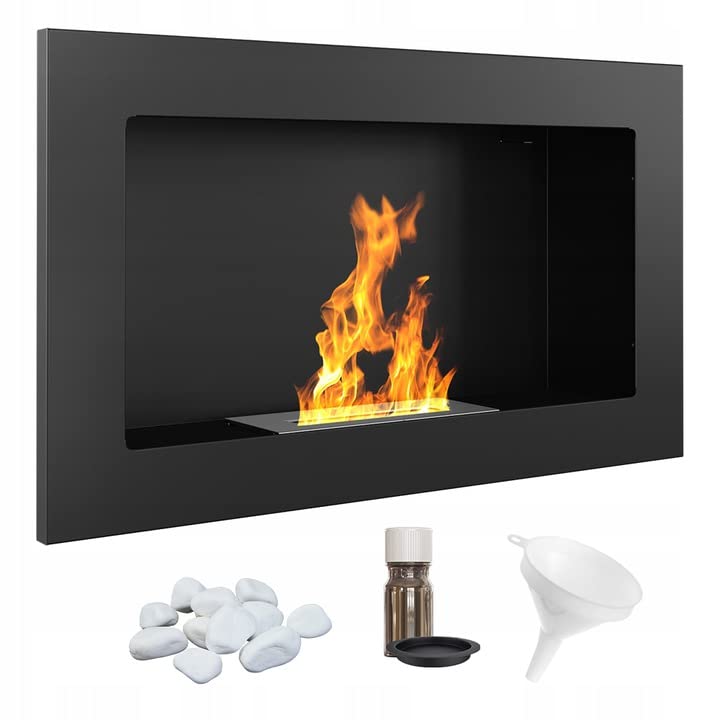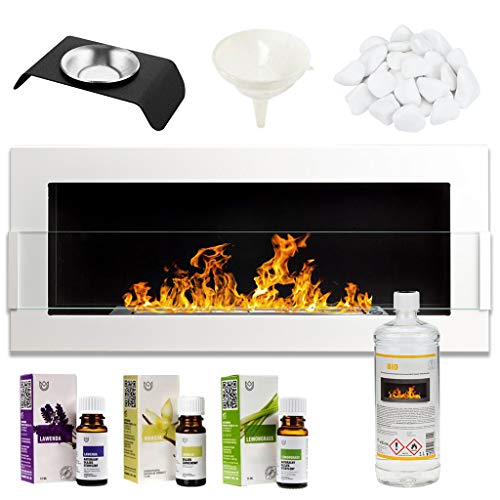The allure of a well-designed fireplace has transcended time, evolving from traditional wood-burning models into modern, eco-friendly alternatives. Among these alternatives, bioethanol fireplaces have gained immense popularity due to their sleek designs, efficiency, and environmental benefits. Specifically, stainless steel bioethanol fireplaces stand out not only for their aesthetic appeal but also their functionality. This guide delves into the characteristics, advantages, and maintenance of modern bioethanol fireplaces crafted from stainless steel, while also addressing frequently asked questions.
Understanding Bioethanol Fireplaces
Bioethanol fireplaces utilize ethanol fuel derived from renewable resources for combustion. These fireplaces release heat and light without producing harmful emissions, making them an environmentally friendly option for heating and ambiance. The use of stainless steel enhances the durability and contemporary look of these fireplaces.
Key Features of Modern Bioethanol Fireplaces
| Feature | Description |
|---|---|
| Fuel Type | Uses bioethanol, a renewable fuel source |
| Design Variability | Available in various styles, including freestanding, wall-mounted, and corner designs |
| Emissions | Produces minimal smoke; does not require a chimney |
| Installation | Easy to install; often does not require professional help |
| Heat Output | Provides efficient heating with adjustable flame settings |
| Material | Constructs primarily of stainless steel for durability |
| Customization | Options for custom designs, colors, and shapes |
Advantages of Stainless Steel Bioethanol Fireplaces
Stainless steel bioethanol fireplaces are growing in popularity due to several notable advantages:
- Durability: Stainless steel is resistant to corrosion and rust, ensuring the fireplace retains its aesthetic appeal over time.
- Modern Aesthetic: The sleek and polished finish of stainless steel complements various interior designs, from minimalist to industrial chic.
- Environmentally Friendly: Bioethanol is a sustainable resource, offering a clean burn without soot or smoke.
- Versatility: With models available for both indoor and outdoor use, these fireplaces offer flexibility in any setting.
- Ease of Use: These fireplaces are user-friendly, requiring minimal maintenance and simple refueling procedures.
Installation and Setup
The installation process for a bioethanol fireplace can vary depending on the model. Here are general steps for setup:
- Choose Location: Find a suitable location considering factors like ventilation, safety, and visibility.
- Prepare the Space: Ensure the area is clean, free of flammable materials, and has access to electrical outlets if necessary for lighting.
- Assemble the Fireplace: Follow the manufacturer’s instructions for assembling different components of the fireplace.
- Refuel Carefully: Use only approved bioethanol fuel; refill the burner when it is cool for safety.
- Lighting the Fire: Use a long lighter to ignite the fuel, ensuring to keep hands and face away from the flame.
Maintenance Tips
To ensure the longevity and consistent performance of a stainless steel bioethanol fireplace, regular maintenance is essential. Here are some maintenance tips:
- Regular Cleaning: Clean the burner and the surrounding surfaces to prevent residue buildup. Use mild detergents or specialized cleaners suitable for stainless steel.
- Check Components: Periodically inspect the fuel canister and burner for signs of wear or damage. Replace parts as necessary.
- Store Fuel Safely: Keep bioethanol fuel stored away from heat sources and in a well-ventilated area. Always follow safety guidelines.
- Seasonal Checks: At the beginning or end of the heating season, conduct a complete inspection of the fireplace, ensuring it is ready for use.
Frequently Asked Questions (FAQs)
1. How long does a bioethanol fireplace burn?
A bioethanol fireplace can burn approximately 3 to 6 hours based on the size of the burner and fuel used.
2. Is a chimney required for a bioethanol fireplace?
No, bioethanol fireplaces do not require a chimney or venting system, making them suitable for various spaces.
3. Can I use a bioethanol fireplace outdoors?
Yes, many models are designed for outdoor use. However, it’s essential to ensure they have wind protection for safe operation.
4. Is it safe to leave the fireplace unattended?
As with any open flame, it is recommended not to leave a bioethanol fireplace unattended while in use. Always exercise caution and ensure it is completely extinguished before leaving the area.
5. Does a bioethanol fireplace provide enough heat for a room?
Bioethanol fireplaces can provide supplemental heat; however, they are often not a primary heating source. The heat output is generally suitable for small to medium-sized rooms.
Modern bioethanol fireplaces in stainless steel represent the perfect blend of elegance and sustainability. Their ability to provide warmth, ambiance, and a contemporary aesthetic makes them a popular choice for homeowners and designers alike. With easy installation and minimal maintenance needs, stainless steel bioethanol fireplaces cater to a wide array of preferences and settings. As society moves towards greener alternatives, these fireplaces stand out as a responsible, stylish solution for any home, promising to create a cozy atmosphere while prioritizing environmental integrity. By understanding their features, benefits, and maintenance requirements, consumers can fully realize the potential of bioethanol fireplaces in enhancing their living spaces.






